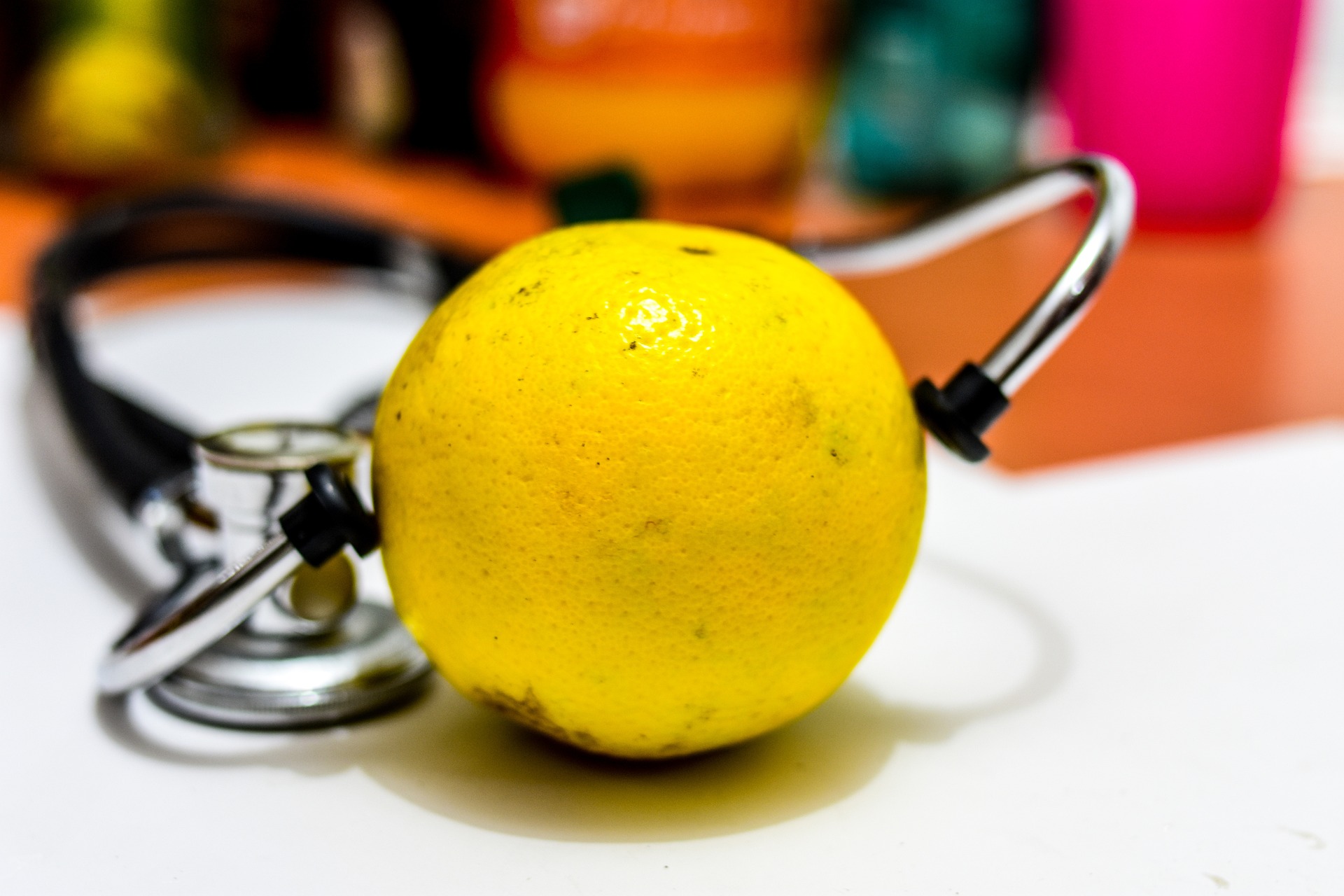Advancements in Glucose Monitoring Technology for Seniors
Recent innovations in glucose monitoring technology have transformed diabetes management, particularly for seniors who often face unique challenges with traditional testing methods. From non-invasive smartwatches to continuous glucose monitoring systems, these smart technologies offer more convenient and accurate ways to track blood sugar levels while providing peace of mind for both users and their caregivers.

The landscape of diabetes management has evolved dramatically with the introduction of smart technology solutions that make glucose monitoring more accessible and less intrusive. For seniors especially, these advancements represent not just convenience but potentially life-changing improvements in disease management. Modern glucose monitoring systems now integrate seamlessly with everyday devices, allowing for better data tracking, improved compliance, and enhanced quality of life for those living with diabetes.
How Continuous Glucose Monitoring Systems Work
Continuous Glucose Monitoring (CGM) systems represent a significant advancement over traditional fingerstick methods. These devices use a tiny sensor inserted under the skin to measure glucose levels in the interstitial fluid continuously throughout the day and night. The sensor connects to a transmitter that sends readings wirelessly to a receiver or smartphone app. For seniors, CGM systems eliminate the need for frequent painful fingersticks and provide comprehensive data about glucose trends and patterns.
Most modern CGM systems can alert users when glucose levels rise too high or fall too low, a particularly valuable feature for older adults who may not always recognize the symptoms of hypoglycemia. These systems typically require sensor replacement every 7-14 days, depending on the brand and model. The continuous data stream allows healthcare providers to make more informed treatment decisions based on complete glucose profiles rather than isolated readings.
Specialized Glucose Monitors for Seniors
The market now offers glucose monitoring devices specifically designed with seniors in mind. These senior-friendly monitors feature larger displays with high-contrast numbers, simplified interfaces, and easier-to-handle components that accommodate dexterity challenges. Some models include voice guidance systems that verbally walk users through the testing process and announce results—particularly helpful for those with visual impairments.
Another innovation beneficial for seniors is the development of monitors with minimal maintenance requirements. Devices with pre-calibrated sensors eliminate the need for regular calibration, while systems with longer-lasting sensors reduce the frequency of replacements. Many senior-focused monitors also come with simplified data sharing capabilities, allowing family members or caregivers to remotely monitor glucose readings through connected apps, providing an additional safety layer for elderly users living independently.
The Rise of Smartwatch Glucose Monitoring
Smartwatch technology has begun integrating glucose monitoring capabilities, representing one of the most promising developments in non-invasive diabetes management. These wearable devices use various technologies to estimate glucose levels without piercing the skin. Some utilize optical sensors to measure changes in blood properties, while others analyze sweat composition or interstitial fluid through micro-needles or ultrasound technology.
For seniors who may resist traditional monitoring methods due to discomfort or complexity, smartwatch glucose monitoring offers a discrete, convenient alternative that blends into everyday life. The familiar form factor of a watch makes the technology less intimidating and more likely to be consistently used. Many of these devices also incorporate other health monitoring features such as heart rate tracking, fall detection, and medication reminders—creating comprehensive health management tools particularly valuable for older adults managing multiple conditions.
Comparing Leading Glucose Monitoring Technologies
When considering glucose monitoring options for seniors, several factors including accuracy, ease of use, and cost should be evaluated. Below is a comparison of current technologies available on the market:
| Technology Type | Example Devices | Key Features | Approximate Cost |
|---|---|---|---|
| Traditional Glucose Meters | OneTouch Ultra, Accu-Chek Guide | Simple operation, relatively inexpensive strips | $20-70 for meter, $0.50-$1.50 per test strip |
| Continuous Glucose Monitors | Dexcom G6, FreeStyle Libre | Real-time monitoring, trend data, alerts | $1,000-1,500 annually after insurance |
| Smartwatch Integration | Apple Watch (with apps), Fitbit Sense | Non-invasive, multi-function health tracking | $300-500 for device, subscription fees may apply |
| Senior-Specific Monitors | Prodigy Voice, FreeStyle Freedom Lite | Talking features, large displays, simplified operation | $30-80 for meter, variable strip costs |
Prices, rates, or cost estimates mentioned in this article are based on the latest available information but may change over time. Independent research is advised before making financial decisions.
Benefits of Smart Glucose Monitoring for Caregivers
Smart glucose monitoring technologies offer significant advantages not only for seniors but also for their caregivers and healthcare providers. Remote monitoring capabilities allow family members to check glucose readings in real-time through smartphone apps, receiving alerts when levels fall outside safe ranges. This feature provides peace of mind for caregivers who can’t be physically present at all times while respecting the independence of senior users.
Healthcare providers benefit from the comprehensive data these systems collect, including detailed reports on glucose patterns, time in target range, and response to medications or dietary changes. This wealth of information enables more precise treatment adjustments and can reduce the frequency of in-person appointments. For seniors with mobility challenges, this means fewer difficult trips to medical facilities while still maintaining high-quality care through telehealth consultations supported by accurate glucose data.
The Future of Glucose Monitoring Technology
The glucose monitoring landscape continues to evolve with several promising technologies on the horizon. Truly non-invasive monitoring methods using technologies like Raman spectroscopy, radio waves, and infrared light are under development. These approaches aim to eliminate sensor insertion entirely, instead measuring glucose through the skin without any penetration.
Artificial intelligence integration represents another frontier, with algorithms increasingly able to predict glucose trends hours in advance based on historical patterns and other inputs like food consumption and activity levels. For seniors, these predictive capabilities could prevent dangerous glucose excursions before they occur. Additionally, closed-loop systems that automatically adjust insulin delivery based on continuous glucose readings are becoming more sophisticated, potentially reducing the cognitive burden of diabetes management for older adults.
As smart glucose monitoring technology continues to advance, the focus on user-friendly designs and integration with everyday devices will likely increase adoption among seniors, improving both health outcomes and quality of life for this vulnerable population.
This article is for informational purposes only and should not be considered medical advice. Please consult a qualified healthcare professional for personalized guidance and treatment.




